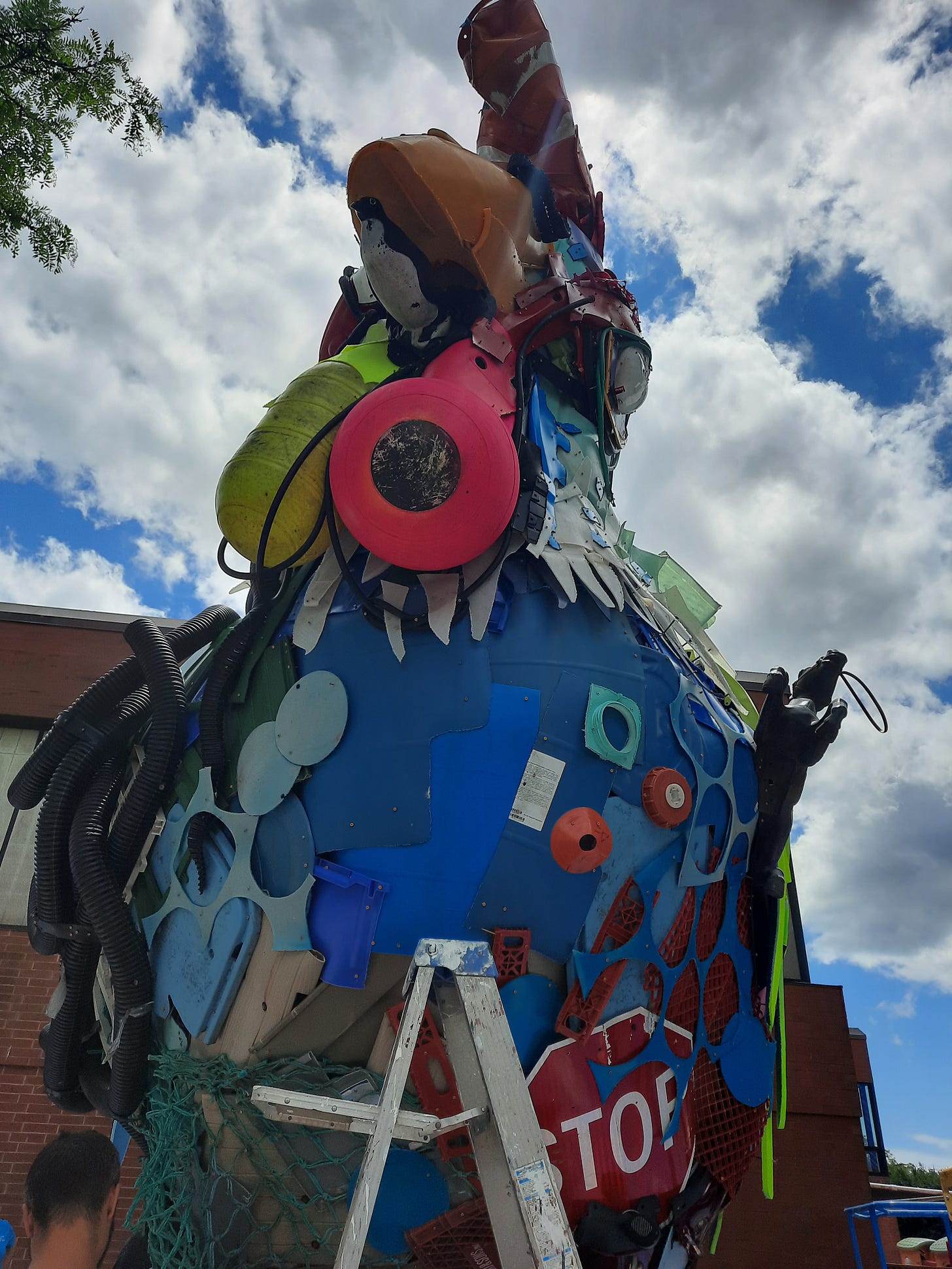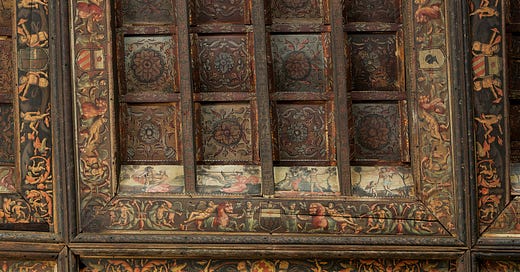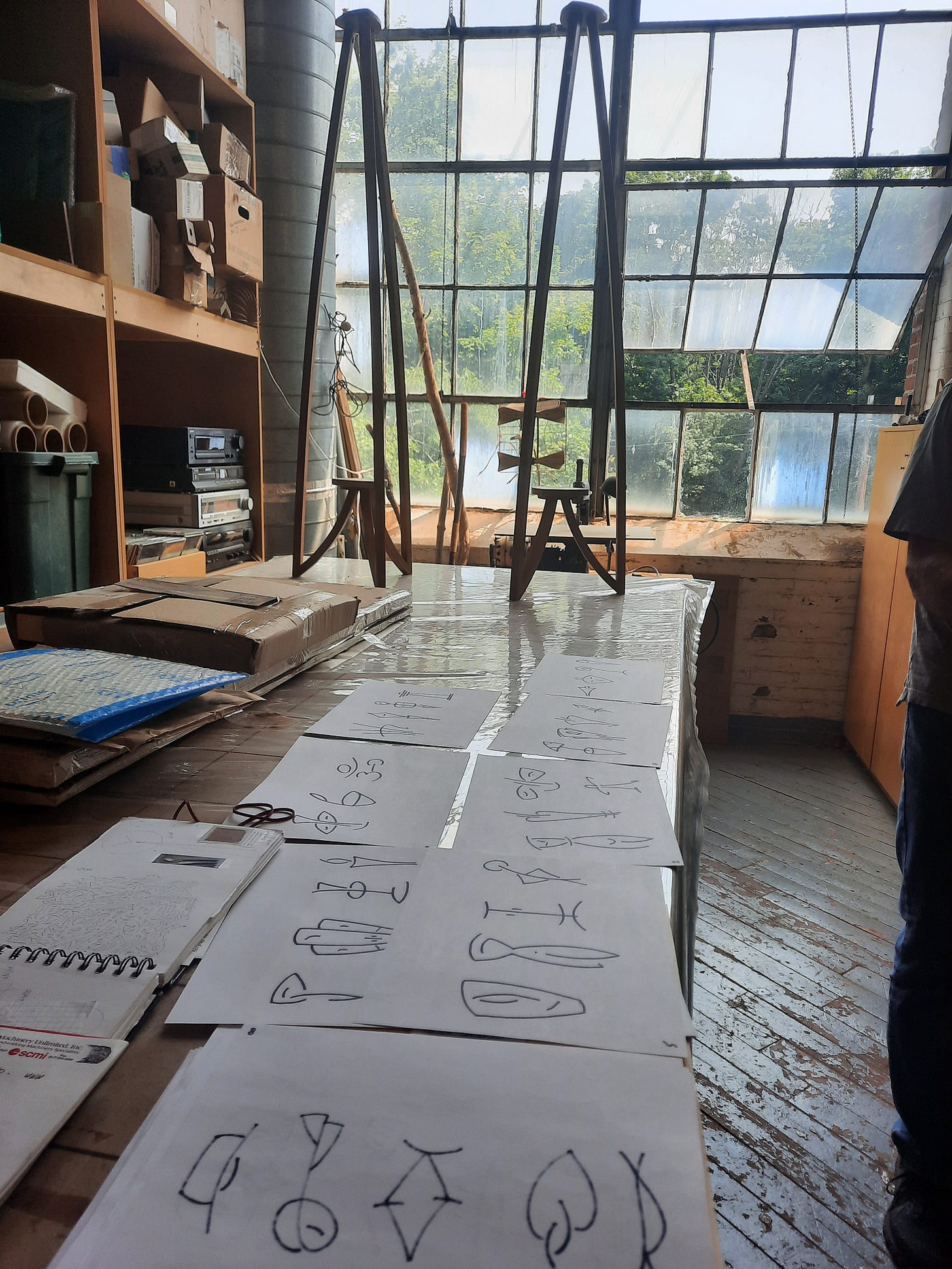Have you ever looked closely at the ceiling in the Isabella Stewart Gardner Museum’s Dutch Room? The museum announced plans earlier this month to restore the gallery, floor to ceiling over the next two years. It will remain open to the public during that time.
The Dutch Room housed six of the thirteen artworks that were stolen in the 1990 heist. In that room, frames hang empty that once contained works by Rembrandt, Vermeer, and others. The restoration will, of course, include those frames.
But there are so many other stories in the Dutch Room. The restoration, as I wrote in the Globe, unearths many. It also brings to focus the delicate balance between the individual art objects and the work of art that is Isabella Stewart Gardner’s design. Over the years, the gallery has experienced unintentional damage by other conservation efforts and just plain wear and tear,. Those tiny, incremental changes have, in time, significantly altered the space.
During restoration, the conservation team will seek to fulfill Mrs. Gardner’s original vision. They’ll also investigate mysteries like the ceiling, which features painted panels depicting Biblical and mythical scenes. Associate Paintings Conservator Lucia Bay told me that she could not, yet, even tell me what century it was made, although she knows it was made in Orvieto, Italy. It was hard to move, she said, but ultimately packed in 17 crates and shipped by steamboat to Liverpool, and then Boston. That much the museum archives reveal.
Oh, and the ceiling painting has been censored. Sometime between when it was made, perhaps 500 years ago, and when Mrs. Gardner acquired it, blue ribbons were painted across the genitals of all the naked figures. Should the conservation team be true to the original artwork, and remove those blue fig leaves? Or should they leave them, because that was Mrs. Gardner’s experience of the painting?
“We’ll take it as it comes,” said Curator of the Collection Diana Greenwald.
More fun tales from the Dutch Room are in my Globe story.

This week’s Working Artist studio visit was with Haitian choreographer and dancer Jean Appolon – who, coincidentally, was an Artist-in-Residence at the Gardner in September. With his company Jean Appolon Expressions, Jean teaches and performs Haitian dance to foster social justice and healing in communities in Haiti and Massachusetts.
“I make stories. I make movement that can be very challenging. But I really talk about social justice, about regular life, about dreams, about healing,” Jean said.
As a teacher, “I like to cultivate in young kids the power that they don’t even understand they have,” he added. Here’s the Globe story.
Globe photographers and I have been visiting artists in their studios (and working elsewhere) for six months now. We’ve visited painters, woodworkers, public artists, dancers, and more. We’re hoping to continue to expand into the studios of more kinds of artists – performers, designers, musicians.
Visiting an artist in their studio, witnessing their unique focus and practice, I often find myself marveling out loud, “This is crazy!” It’s awe, not criticism — amazement at how intense and inventive artists can be about a particular material, idea, or method. It’s been such fun, and now that we’ve met more than 30 artists, my editor suggested I write a roundup.
I always ask, “what’s your advice for artists?” It turns out advice for artists is a lot like good counsel for life. I couldn’t include everyone in this story – I tried to cull and distill the wisdom. Here’s that story.







This article was an education about many diverse things. I learn so much from you. Thanks.
I love the Isabella Stewart Gardner Museum, and find this part about the Dutch room fascinating, especially since I've worked for so many years in The Netherlands. And I love your studio visit stories, Cate. Thank you!